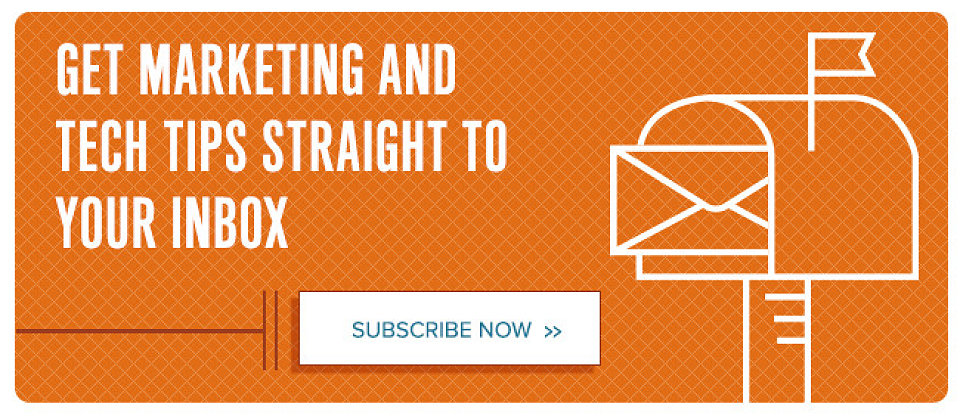Email Marketing 101: Part 2: If You Build It, They Will Come
By Kristen Shoates
This is the second part in a three-part series about how to effectively harness the power of email marketing to reach and engage your audiences. Part 2 covers design and content best practices to get your emails read.
10…9…8…7…6…5…4…3….
Eight seconds. The length of the average human attention span. It’s a wonder we make it through the countdown each New Year, let alone lengthy emails. Getting read in our fast-paced world begins with the structure – building great emails with clear goals, accessible subject lines, strategic content, and attractive design.
Subject line:
People are overwhelmed with emails and are subconsciously making value vs. cost assessments when they read your subject line. If they don’t understand what is in it for them, the chances of them opening it are slim.
- Shorter subjects stand out more in a full inbox. Thirty-eight characters is the ideal length for maximum opens.
- Focus on clarity over creativity. Tell people why you’re emailing them so they can determine whether or not to read it.
- One subject line doesn’t fit all. Using database segmentation, get personal and talk to your audience by group (volunteers vs. board members etc).
Content:
When email marketing first began, it was used as a digital newsletter, packed with content to complement mail pieces. Today, though, email is most effective when it focuses on one goal or topic – an announcement, event, fundraising campaign or even a story. There are four key components for all emails: a call to action, strong & to-the-point copy, strong visuals (image/video) and a headline.
- Build your email from the bottom up. Start with your call-to-action – what you want people to DO (buy, click, donate, try, go) – and then add supporting content, visuals and headlines.
- Don’t give people too much to click on. Keep your content and call-to-action simple.
- Tip: “Go”, “Submit” and “Click” get more click-throughs than any other call-to-action terminology.
Design:
When it comes to email, it’s all about location, location, location. Most readers glean what they can from the section “above the fold” and never scroll down, making it critical to keep the heart of the content in the first 300 pixel of the email. However, looks do matter – metrics show that the more visually attractive an email is, the more likely someone will be to scroll down.
- Follow the “two thumb rule” – referring to the fact that people will only scroll down twice on their phones. Keep the bulk of your content in the first 300 pixels of the email.
- Be sure to include a strong visual or video and call-to-action “above the fold”.
- Use 14-point font for your emails. It might look large at first, but it’s perfect for mobile reading.
Take a look at your last few email blasts and make a list of ways you can apply these principles to your email templates and strategy. You might also benchmark your current open rates to see how they improve with those changes made! Tune in Thursday for the final part in our series – how to engage your audience.















